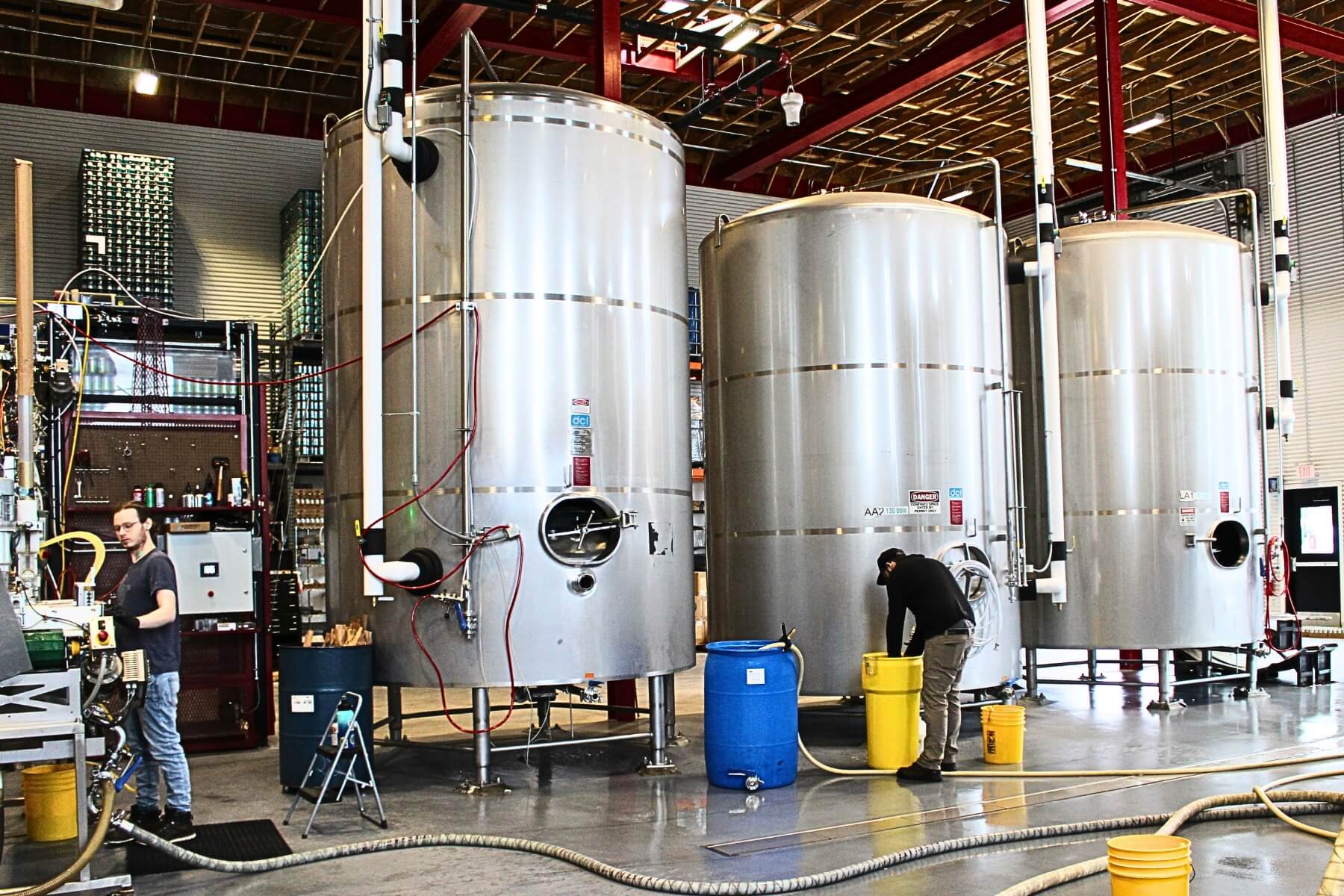Lighting is an important aspect of any building and, therefore, burns up a lot of energy, especially when used improperly. Though it often goes unnoticed, businesses waste an immense amount of resources by having an inadequate or nonexistent lighting control system. Setting into place an automation control system for lighting can conserve energy and save businesses money. It has been found that lighting controls can reduce a building’s overall lighting energy usage by 20 percent to 90 percent according to AEP (American Electrical Power). Controls provide user comfort and an improved lighting environment while being energy efficient. A lighting control system is just one way a business can implement economical change in its buildings.
Lighting Control Strategies
When it comes to lighting, there are several paths which may be taken to create a comfortable environment, conserve energy, and most importantly save money. These four primary strategies should all be considered and decided upon based on the work atmosphere: occupancy sensing, personal tuning, daylight harvesting, and institutional tuning which can be incorporated into an app which is user friendly and money saving.
Occupancy Sensing
Occupancy based control should be considered first. With this approach, lighting status is automatically modified based on the presence of people. This type of system could include occupancy sensors, time clocks, and energy management systems. It is estimated that occupancy controls are responsible for an average savings of 24 percent. Using lighting energy only when people are present may seem obvious, but a number of businesses throw away their profits because they lack a building automation system which includes occupancy controls.
Personal Tuning
Personal tuning is the second of the four basic lighting control strategies. This is not necessarily a fixed system, but more so relies on occupants themselves controlling the light levels. Controls could include anything from dimmers and wireless switches, to workstation specific controls, and preset scene controls. Such examples have been proven to provide on average a 31 percent savings. Such controls are an integral part of saving money on operating costs.
Daylight Harvesting
The third lighting control system is more technical than the previous. Daylight harvesting allows light sources to change outputs automatically based on daylight levels. In this scheme, photo-sensors, detect light energy and deduce how much more light energy to expend. While this component can save a building 28 percent in energy savings, many businesses have yet to integrate a system into their buildings.
Institutional Tuning
Institutional tuning is the last of the four fundamental lighting control strategies and has demonstrated it is capable of conserving the most energy and, in turn, saving more money. In this case, light levels are altered based on space needs by application, ballast tuning, task tuning, lumen maintenance, and group controls. Dimmable ballasts, dimmers and switches used to control group lighting have resulted in an average of 36 percent energy savings.
Finding the proper combination of lighting strategies to create an optimal control system is necessary for an energy efficient building automation system. Utilizing a mixture of the tactics described above has shown an average energy savings of 38 percent. This is because the environment can be tailored to provide only the energy demanded and conserve waste. ON World says that wireless lighting controls could save $ 4 billion in energy costs by 2020. The money saved could be used toward bettering the company and its employees.
To learn more about build automation and energy management, call 636-680-2100 and ask for Brian S.










